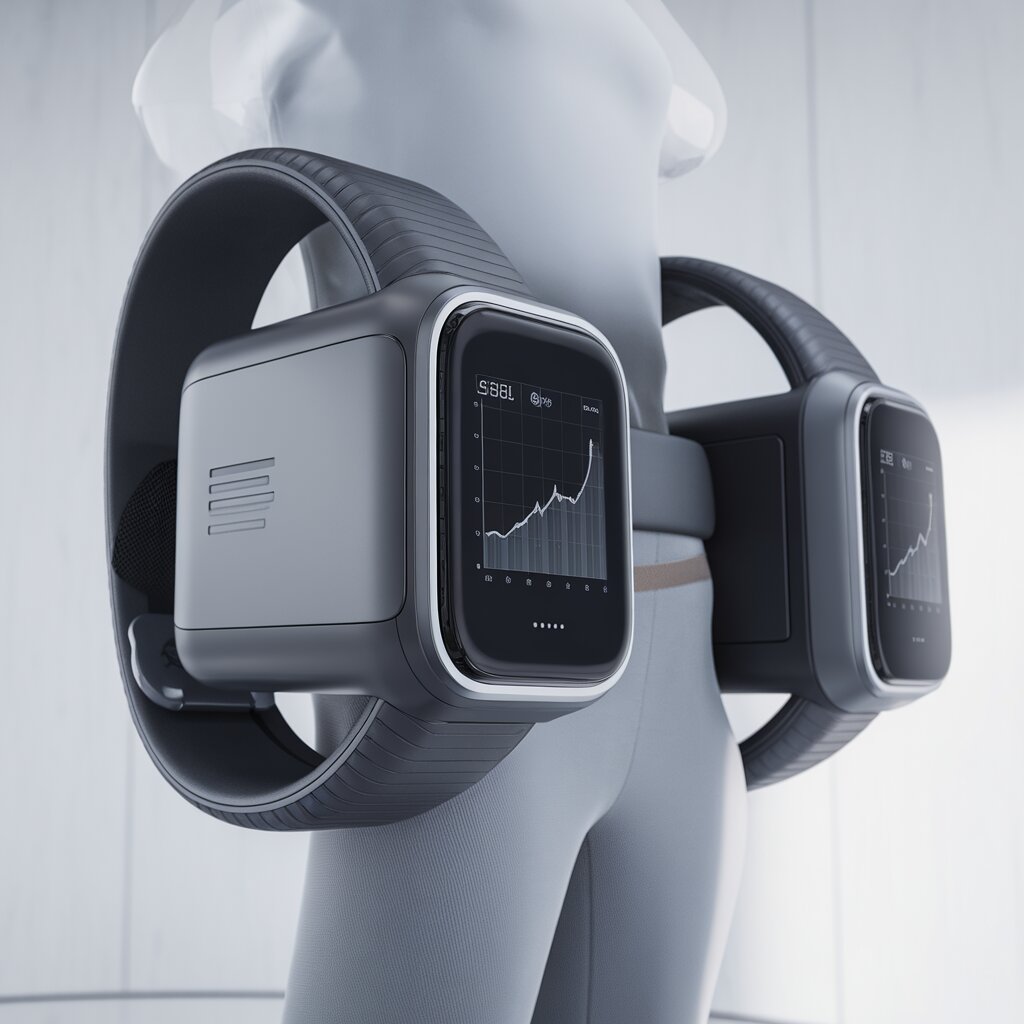In recent discussions about how technology is transforming personal health, wearables have emerged as game-changers. While many associate these devices with tracking fitness or monitoring heart rates, a new frontier is opening up: sexual health. Ashley Winter, MD, the director of MyFemmeTech, sheds light on how these cutting-edge devices are set to redefine our understanding and management of sexual wellness.
An enlightening moment came during a radio show, where a listener inquired why a female equivalent to Viagra has never been developed. The expert on the show pointed to Flibanserin, often mischaracterized as the “female Viagra.” Dr. Winter was compelled to clarify the misconception. While Viagra is designed to enhance blood flow and physical arousal, Flibanserin targets the brain to boost sexual desire, illustrating the critical distinctions within the sexual response cycle.
Dr. Winter’s insights prompted deeper thoughts about public awareness around sexual health. If experts occasionally blur these lines, how well-equipped is the general populace to understand the nuances of sexual wellness? More importantly, how do people address any sexual health issues they encounter?
Traditionally, medical diagnostics have attempted to reconcile these challenges, but the clinical setting often fails to capture the complexities of genuine human intimacy. The comparison to the uncertainty principle in quantum mechanics becomes apt: focusing too narrowly on one aspect of the sexual response in a clinical environment may overlook the intricate, real-world variables that influence it.
That’s where wearable technology steps in, presenting a compelling solution. These devices allow for the collection of critical data in natural environments, providing insights that were previously out of reach. Consider scenarios where questions arise about the impact of alcohol on erections, the presence of nocturnal erections, or changes in arousal due to hormone therapy discontinuation. Wearable sensors, like elastomer-based erection rings, now enable longitudinal data collection outside clinical walls, offering a profound glimpse into one’s sexual health.
Currently available products are paving the way for these innovations. Some devices specifically measure nocturnal erections, although they cannot be worn during sex. These gadgets, while valuable, do not provide a complete view. Nevertheless, future advancements promise sensors capable of assessing clitoral engorgement and arousal, broadening the scope of sexual health analytics.
As a board-certified urologist with specialized training in sexual dysfunction, Dr. Winter now offers patients the choice of using penile “smart rings.” These tools facilitate a collaborative review of useful data, helping both doctor and patient understand patterns of erectile function and the influences of lifestyle or medication choices.
Ultimately, this intersection of medical-grade technology and consumer-friendly products heralds a significant leap forward. With wearables positioned at the vanguard of sexual health innovation, both individuals and healthcare professionals are poised to gain unprecedented insights into sexual function and performance, marking a new frontier in personal health and well-being.


